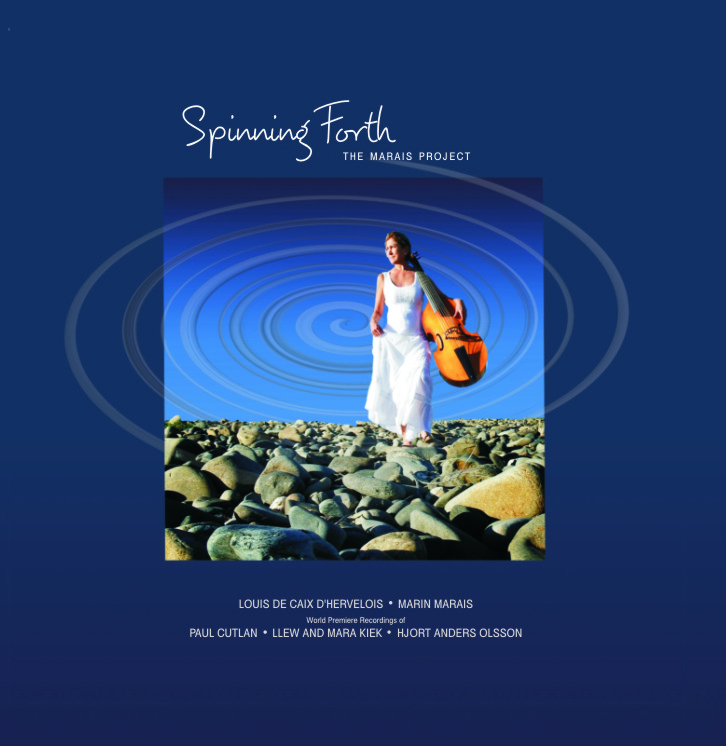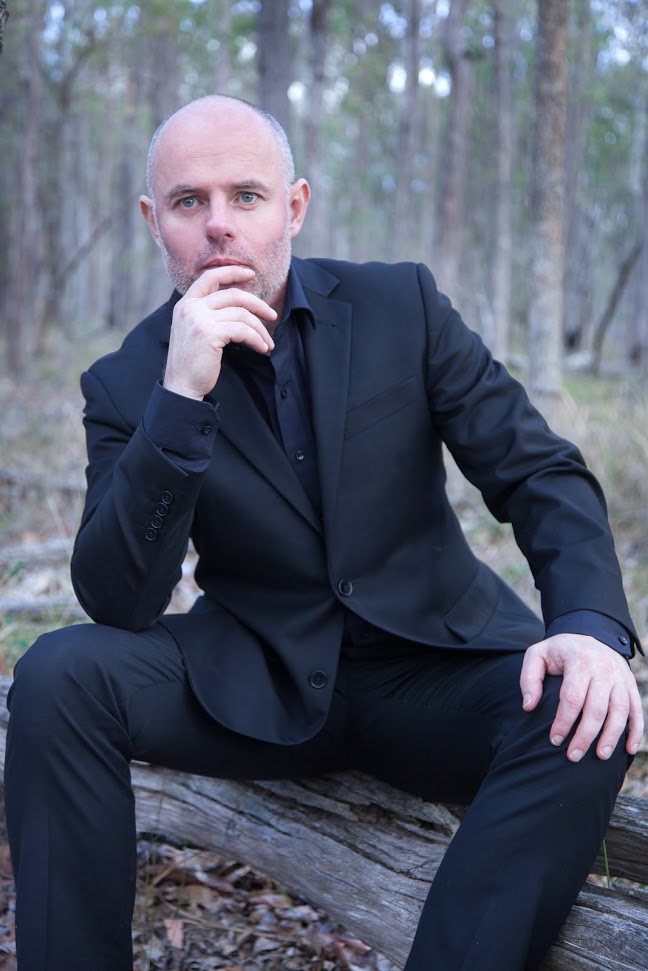 “You’ll never make a living playing the viola da gamba in Australia!” was one of the comments Jennifer Eriksson fielded when she decided to give up the cello in favour of the lesser-known instrument.
“You’ll never make a living playing the viola da gamba in Australia!” was one of the comments Jennifer Eriksson fielded when she decided to give up the cello in favour of the lesser-known instrument.
Well, as director of the Marais Project, Jennifer has been supplying us with regular concerts for around 17 years and Spinning Forth is the Project’s 5th CD. Three of their previous releases were selected as CD of the week with ABC Classic FM. There is a good chance that this disk will be similarly rewarded.
Total playing time is shortish – around 43 minutes – and contains a mix of baroque, arranged baroque, contemporary, and an item uncovered in the early 20th Century, but probably of distant origin.
The opening, Pieces de viole, Premier Livre, Suite in D minor by Louis de Caix d’Hervelois, consists of seven lovely movements very much in the style that early music devotees have come to appreciate. One might say that it is part of the baroque “upon which we grew up” and in consideration of the gamba itself, has elevated the instrument well beyond the throw-away prophecy quoted earlier. I find it a relaxing work even in its more sprightly movements and it is most delightfully presented. It is generally regarded that live performances have an advantage over recordings but I am inclined to think that in this instance, one is better placed listening to the disk as regards balance and clarity.
Much the same can be said of the Eriksson arranged work of Marin Marais, titled Tombeau for John Dowland (ex Tombeau pour Marais le Cadet). The continuo fully swells the sombre mood, characteristic of these in memoriam compositions, yet the whole oozes beauty and serenity.
The titled work, Spinning Forth, was composed by Paul Cutlan (b 1964). It is for gamba and harpsichord and is well situated on the disk, surrounded by baroque flavours. It is a co-operation of ideas – a little each of baroque, classical, contemporary and a hint of jazz. The opening prelude is pretty, particularly its introductory harpsichord. A chuffing, steam train bowing effect is prevalent in the second movement. The third and fourth movements have mixed moods and a more contemporary feel but in a relaxed setting.
As the work progresses, the emphasis shifts back and forth between the harpsichord and the gamba. This reinforces a restlessness that I consider to be a trade mark.
The short, ‘walking tune’, Min levnads afton (The twilight of my life), arranged by Tommie Andersson, is attributed to Swedish folk fiddler, Hjort Anders Olsson (1885 – 1952). Although the program notes interpret “dark intensity and emotional outpouring of grief”, which are suggested in the deep sounds of the theorbo, I also detect a pretty melody, varietally treated by gamba, baroque flute and baroque violin.
Sydney folk and specialist music performers, Llew and Mara Kiek supply the closing work, The Streets of Forbes, commencing with The Cheshire Rounds, believed to be one of the items of music to have been played at the first dance held at Government House in the colony of New South Wales. Violin leads this short item, which melds into the folksong, The Streets of Forbes, narrating the last days of outlaw, Ben Hall, his shooting and the parading of his body through the town. The song itself is sung in a slow, traditional, unaffected folk style with the instrumentation providing a smoky cover.
Artists appearing on the disc:
Jennifer Eriksson & Catherine Upex, violas da gamba; Tommie Andersson, theorbo & baroque guitar; Matthew Bruce, baroque violin; Mikaela Oberg, baroque flute; Ray Harvey, harpsichord; Koen van Stade, tenor.
Neville Olliffe, Early Music News; Volume 17 No5, Oct – Nov 2017.

